Five compact cameras I'd love to see making a comeback in 2025
Compacts are back in fashion, but how bold will manufacturers be in pandering to the revival? Here's my wishlist
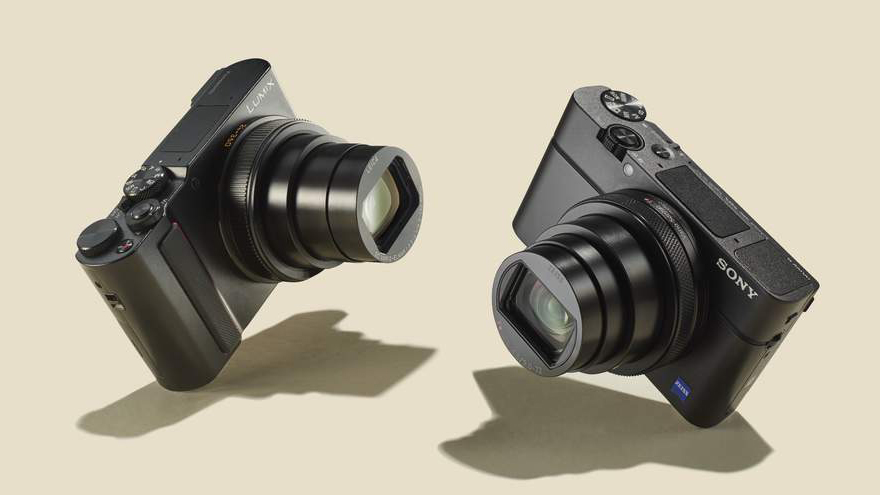
Compacts are all the rage right now, yet the majority of the major camera companies have either stopped making them, or the models they still sell are old and unloved. Will 2025 be the year that this all changes?
I for one certainly hope so as I love compacts for their demure size and ease of use – phones might be catching up, but you still can’t beat the experience of using a dedicated camera.
These are the five cameras I hope will make a comeback this coming year – some rumored, some entirely speculative, let's dive in…
Sony RX1 / RX1R
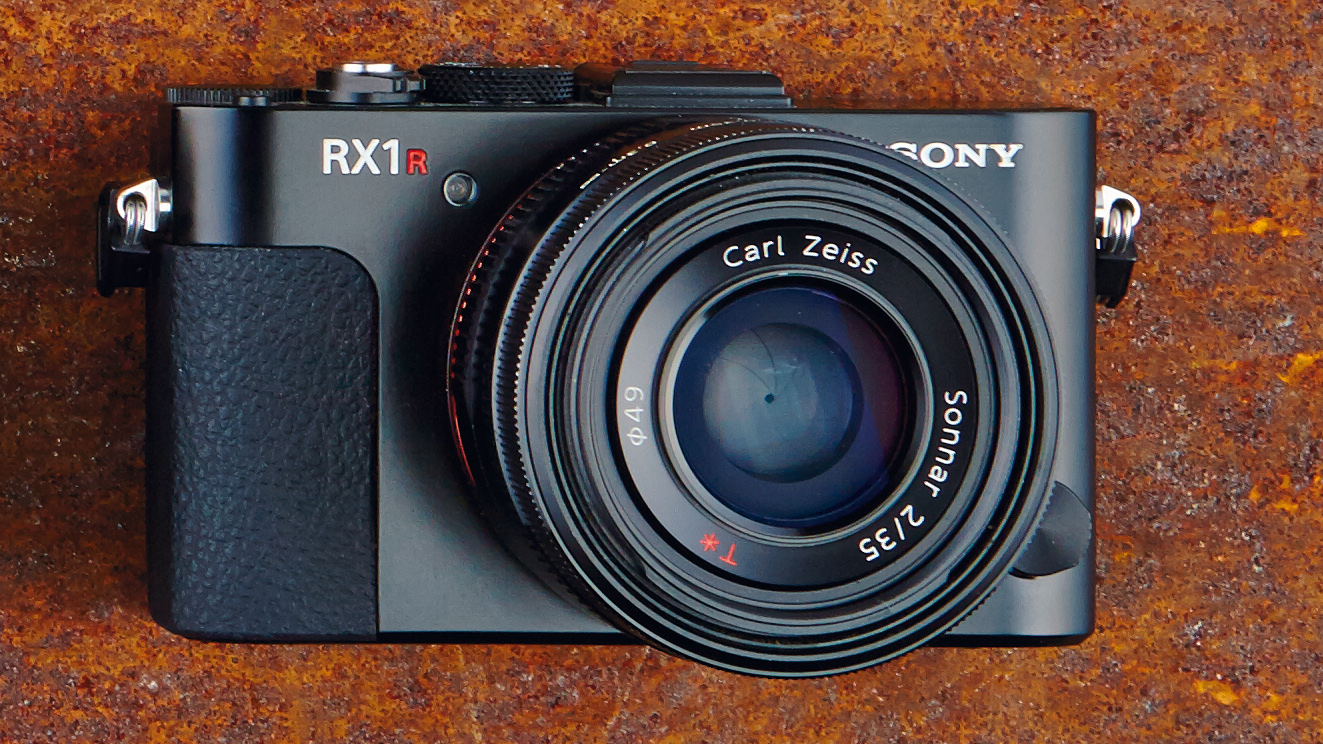
Probably one of the cameras I have seen most on fantasy wishlists this year – a new Sony RX1 / RX1R might be the closest we might ever get to another Fujifilm X100VI launch hysteria.
A little context. The Sony RX1R II is an unassuming-looking compact f/2 fixed lens camera, but inside its dull little body hides both a full-frame Sony sensor and the very latest (for the time) Sony tech that rivaled the company’s best Alpha SLR style cameras. This combination made for one of the most versatile and professional compact cameras ever made. What was less exciting though was the asking price, which was staggeringly high, and allegedly, not many were sold.
Sony has the perfect opportunity now for a second bite at the full-frame compact camera cherry. A new RX1 would not only arrive at the perfect time to satisfy the fervent appetite for compact cameras but in the age of content creation where big cameras no longer equal professional – there is much more of a market for a super-high-end feature-packed compact with a price to reflect that.
Canon Canonet QL17 G-III
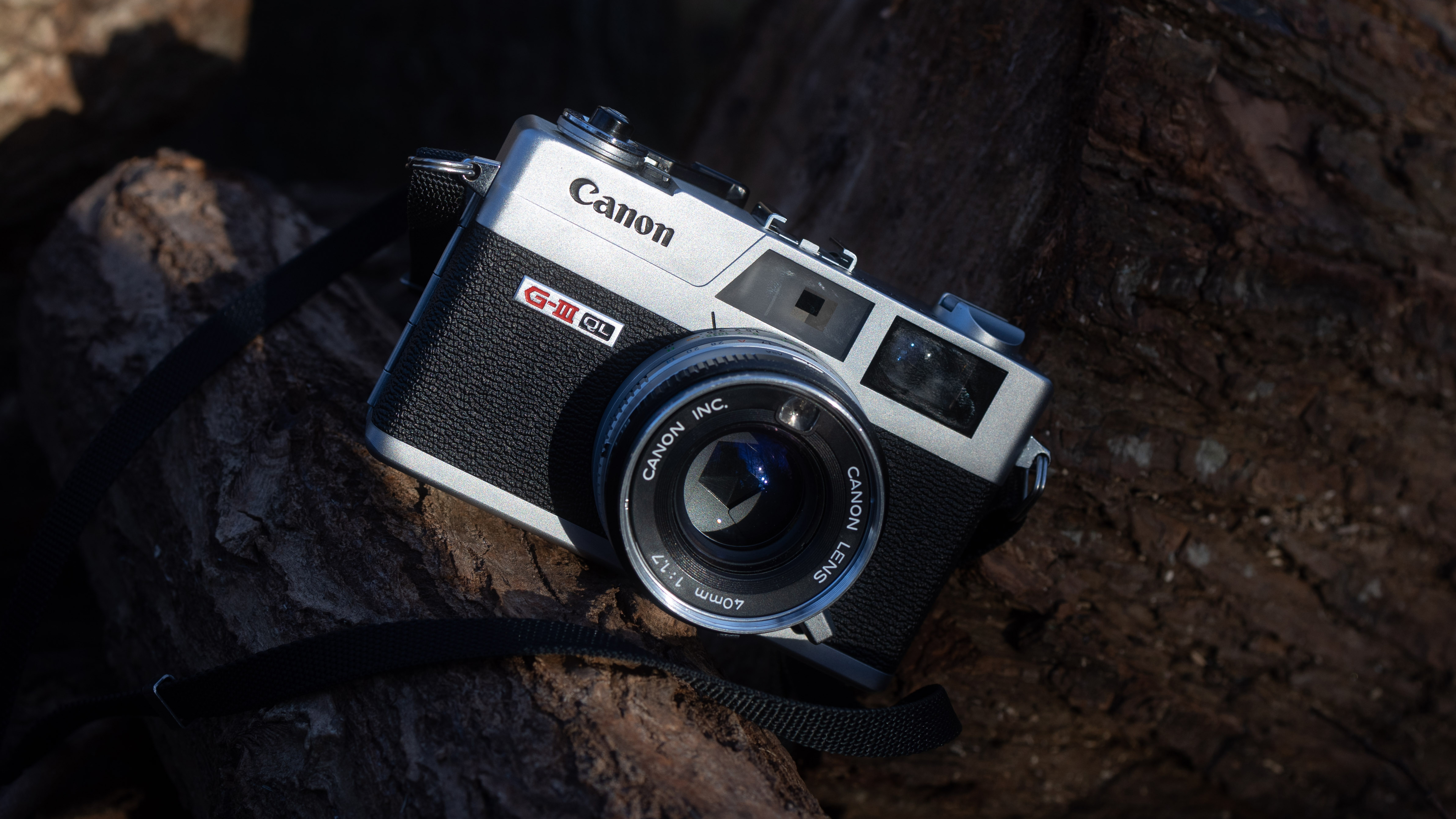
Canon has its range of compact cameras with the GX series, these cameras are fine and perfectly serviceable, but I’d argue – boring. However, Canon has a lot of cameras in its long and storied history that would both satisfy the increased consumer desire for compact cameras – and vintage cameras. Mine (and many others) favorite of these is the Canonet QL17 G-III.
Get the Digital Camera World Newsletter
The best camera deals, reviews, product advice, and unmissable photography news, direct to your inbox!
The Canonet QL17 G-III was a 35mm film touting rangefinder camera and the Canonet range sold over a million units – so it is hard to argue the design wasn’t a popular one. Today it stands the test of time as a hot item on second-hand markets due to its solid build quality and outstanding lens.
There has been a lot of talk about Canon reviving an old film camera design in digital form in the same way as Nikon has with the Nikon Zf, with the Canon AE-1 often the bookies' favorite. But if Canon wanted to take on the Fujifilm X100VI’s vintage good looks, offer a full-frame direct rival to a Sony RX1 compact, and avoid any of the messiness of Canon RF lenses not matching the vintage style of the camera – a digital fixed lens vintage Canonet seems like the way I’d go.
Although knowing good ol’ play-it-safe Canon, we are probably more likely to see a Canon G7X V…
Contax T2 / T3
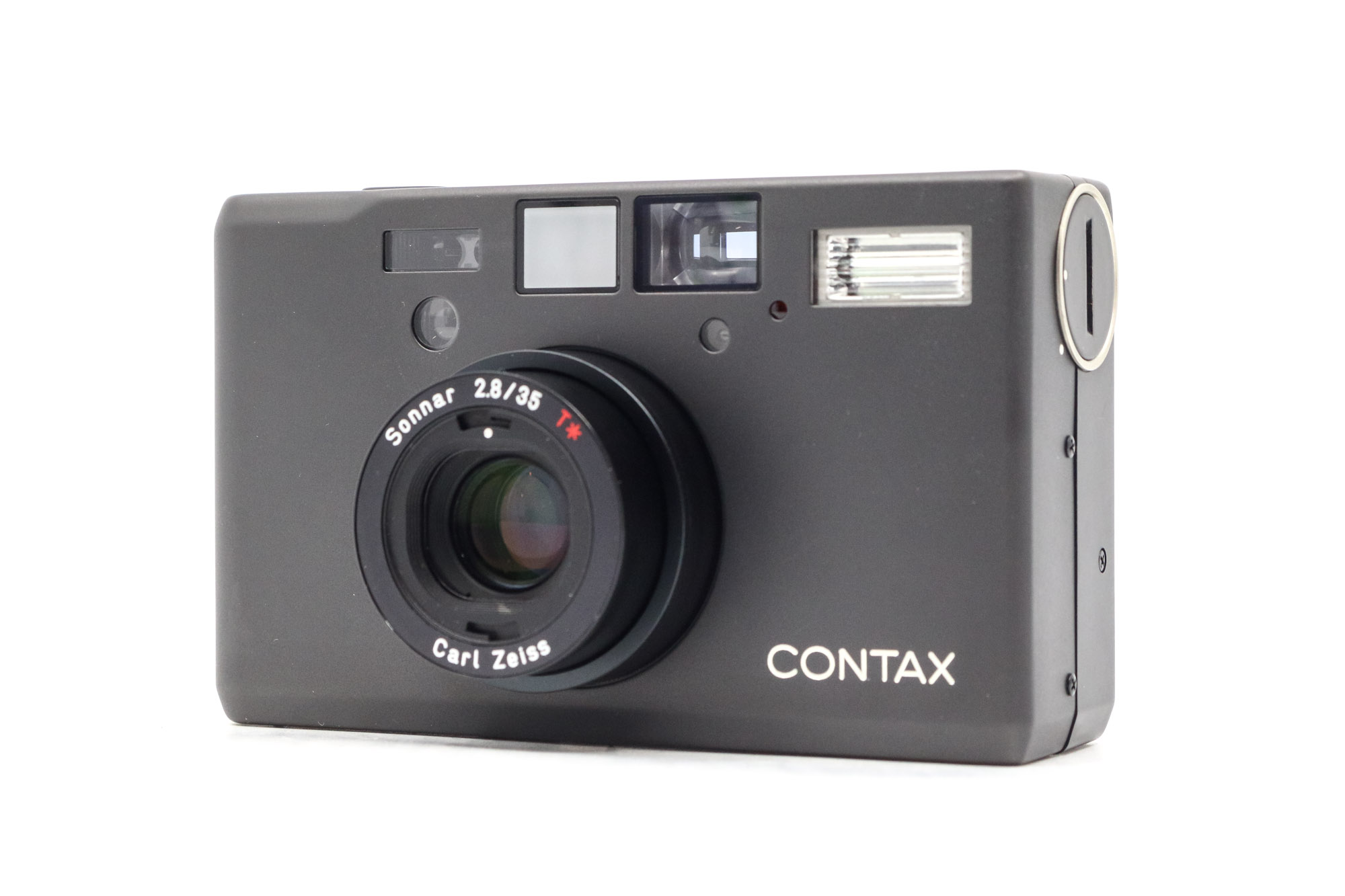
Whether we might ever see a Contax branded camera again is debatable. Kyocera has made Contax cameras since the mid-1980s when they were snapped up alongside prior Contax owners, Yashica. Production continued up until Kyocera decided to get out of the camera production market altogether in 2005 amid the downturn in film cameras. To make things a little more complex, the Contax brand name may still be under license to Zeiss, whom the company has had a longstanding partnership with.
But what is the point of this history lesson? Well in the 2010s, the Contax T2 (alongside a lot of the brand's other film compacts) saw a meteoric rise in popularity off the back of being handed by a couple of internet-breaking celebrities. This meant that the Contax T2 became one of the hottest and most overpriced cameras on eBay in a matter of days.
But unlike a lot of cameras that “go viral” for the wrong reasons – the Contax T2 is actually very very good. The lens is made by the masters at Zeiss and is one of the sharpest point-and-shoot lenses you can get on a compact film camera. The body is also incredibly well made and looks good to boot with a simple minimalism.
So as one of the most sought-after vintage cameras in the world, isn't it time to capitalize on this momentum and produce a modern version of the Contax T3? Especially if it can recapture some of the magic of the original it has the potential to be one of the best point-and-shoots or best travel cameras on the market.
Olympus mju II
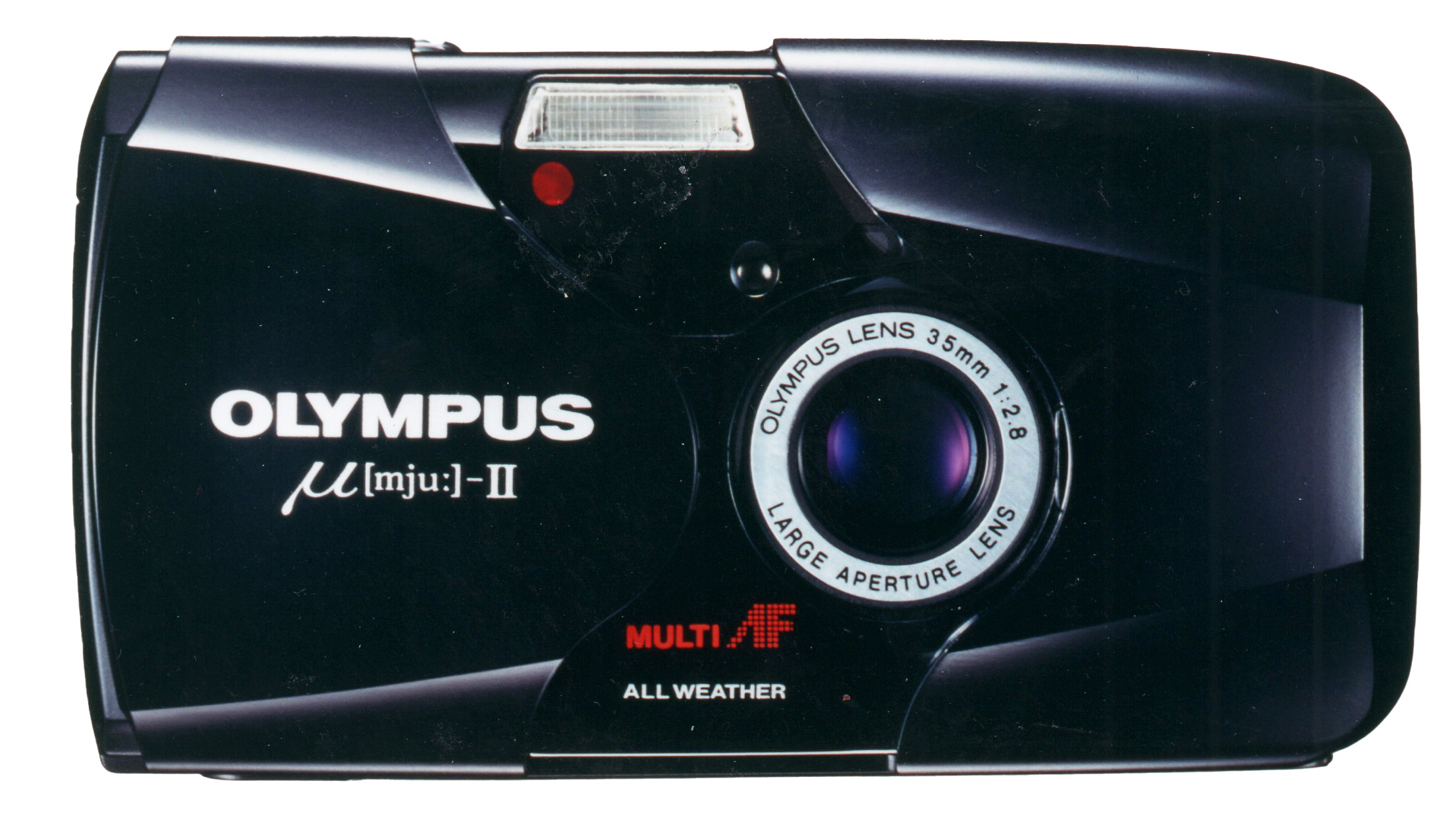
One of the more unusual camera designs of the era, one that rejects straight edges and slides in half to reveal the pop-out lens – in some ways, it's a surprise that the Olympus mju II was popular at all, let alone one of the most desirable compact film cameras still to this day. However, the enduring success of the Mju II is down to its reputation not only for producing stellar images but also for being cheap and lightweight.
After hitting hard times, Olympus was sold and rebranded as OM Systems, but the tech, trademarks, and patents live on – so in theory, creating a digital OM Mju II would be possible. OM is also still persevering with the Micro Four Thirds sensor, which should be far easier to incorporate into a compact than some of the full-frame engineering headaches mentioned earlier.
Digital 110 Camera
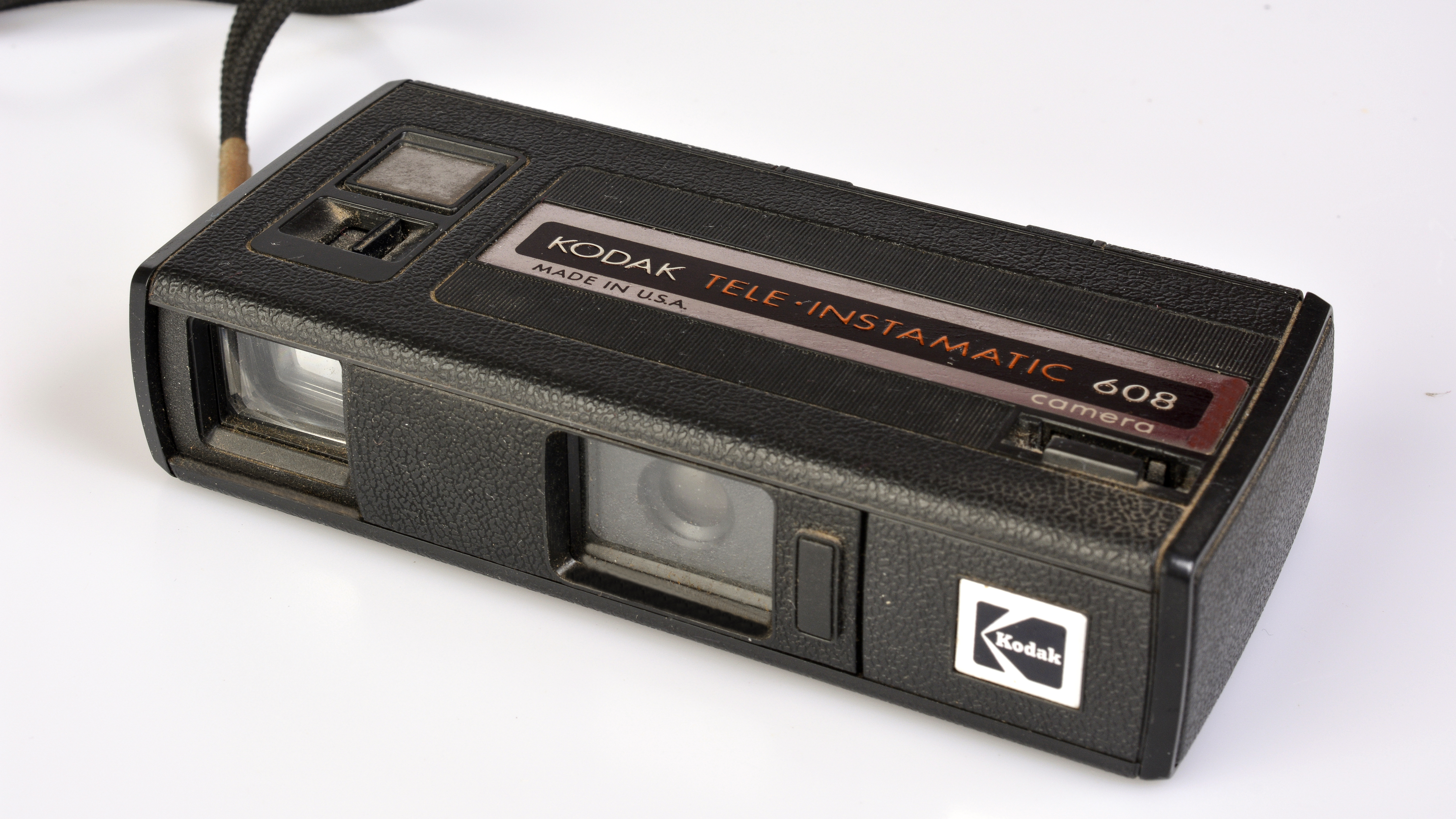
This is perhaps the strangest option on my list, but hear me out. 110 cameras are a curious quirk from the film era made for Kodak film cartridges – the camera operated a little like a rangefinder, but was considerably smaller – and with much smaller frames than 35mm cameras. They never quite caught on in a huge way, but they have always had their dedicated fans.
But would anyone buy a point-and-shoot 110-style camera today? Well, I just might. The thing I love most about photography is spending time composing my shots, and with no screen, a 110 camera would be perfect for in-the-moment photography, and the unusual shape and tiny size would be perfect for a back pocket.
The issue, there have been a few cameras like this tried before. Take the Canon Ivy Rec for example, which was a keychain-sized digital camera with a simple lens and “viewfinder”, which… was quickly discontinued after failing to take off. But with the renaissance of simple point-and-shoot compacts, I think it's time that someone gave this camera another shot!
For more options that are available right now – check out our guides to the best point and shoot camera, the best compact cameras, and the best cheap cameras.

Gareth is a photographer based in London, working as a freelance photographer and videographer for the past several years, having the privilege to shoot for some household names. With work focusing on fashion, portrait and lifestyle content creation, he has developed a range of skills covering everything from editorial shoots to social media videos. Outside of work, he has a personal passion for travel and nature photography, with a devotion to sustainability and environmental causes.
